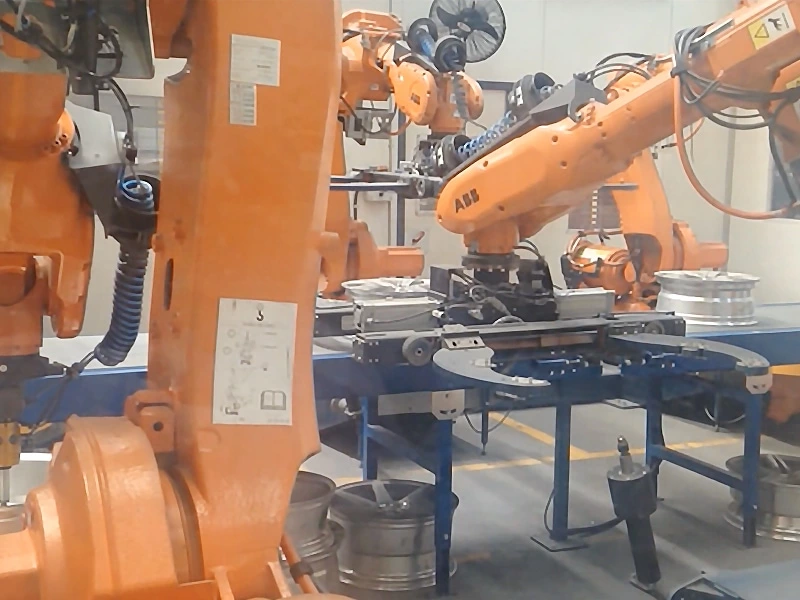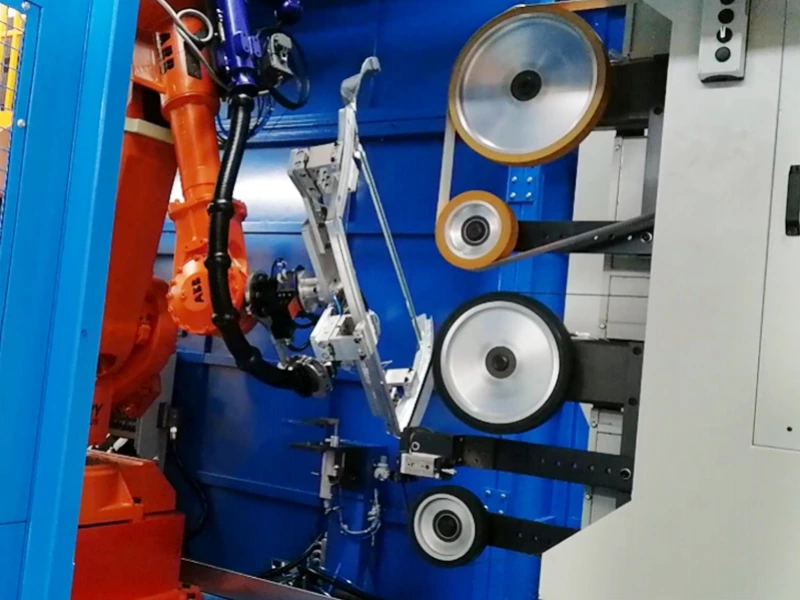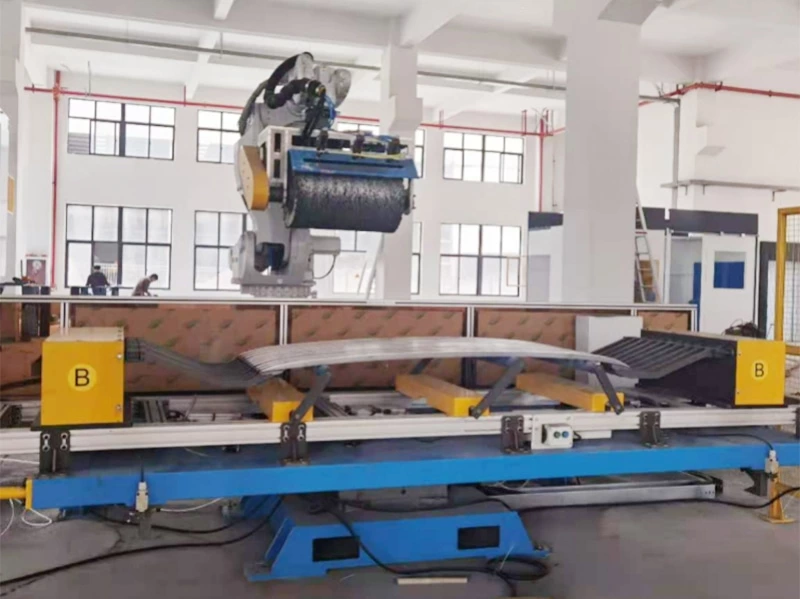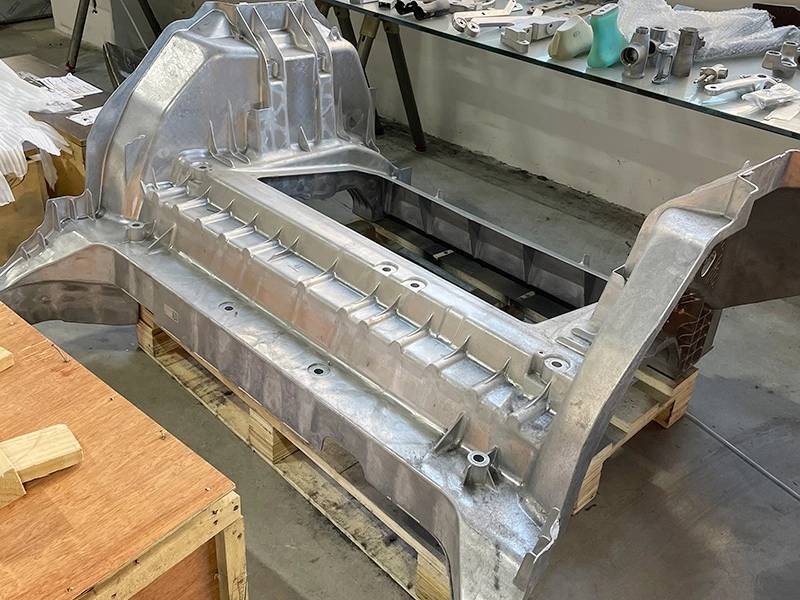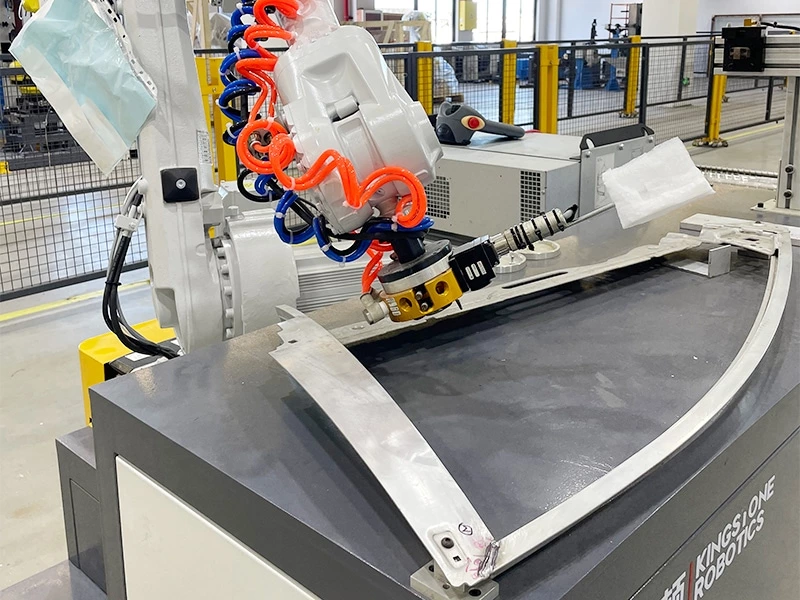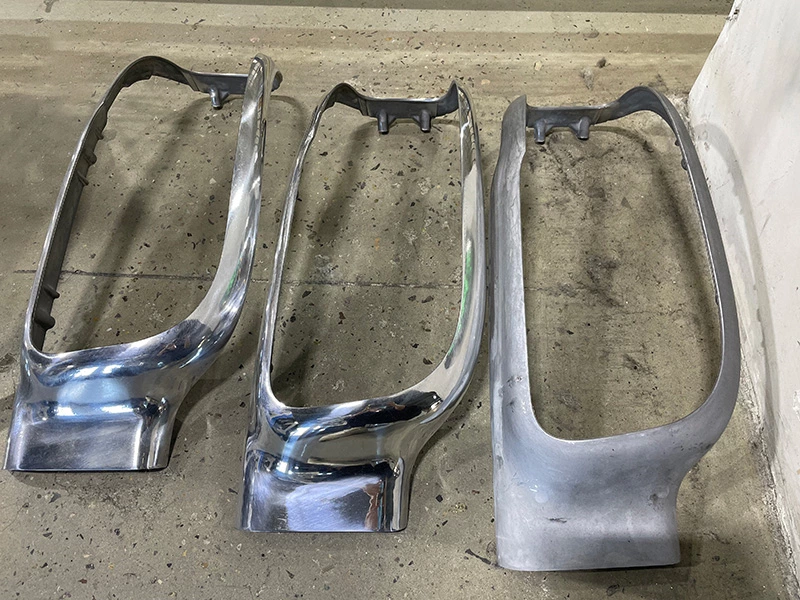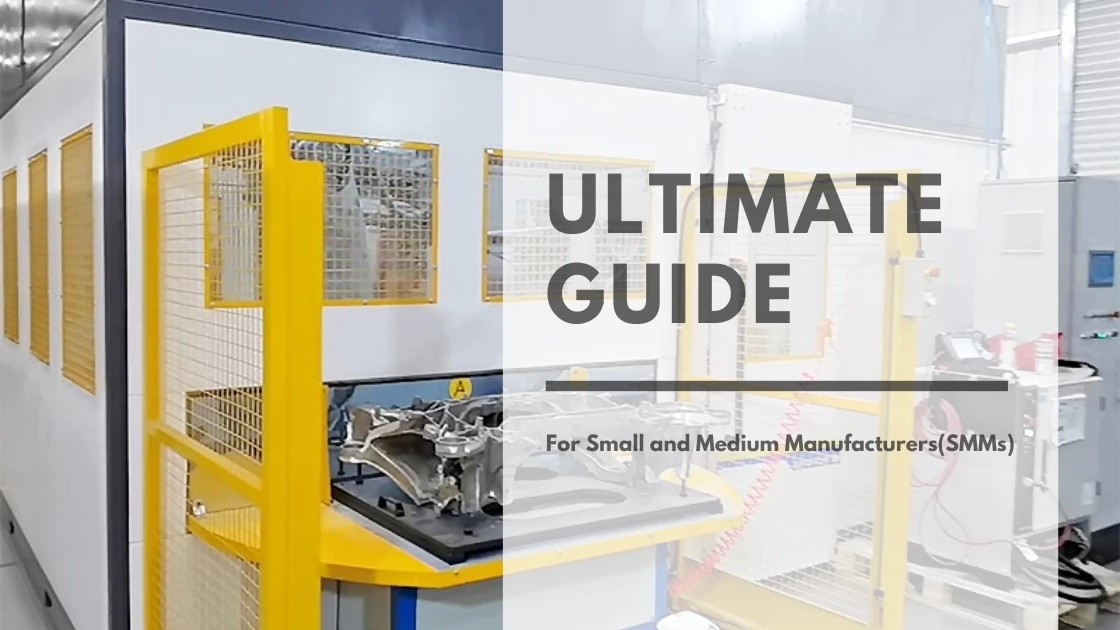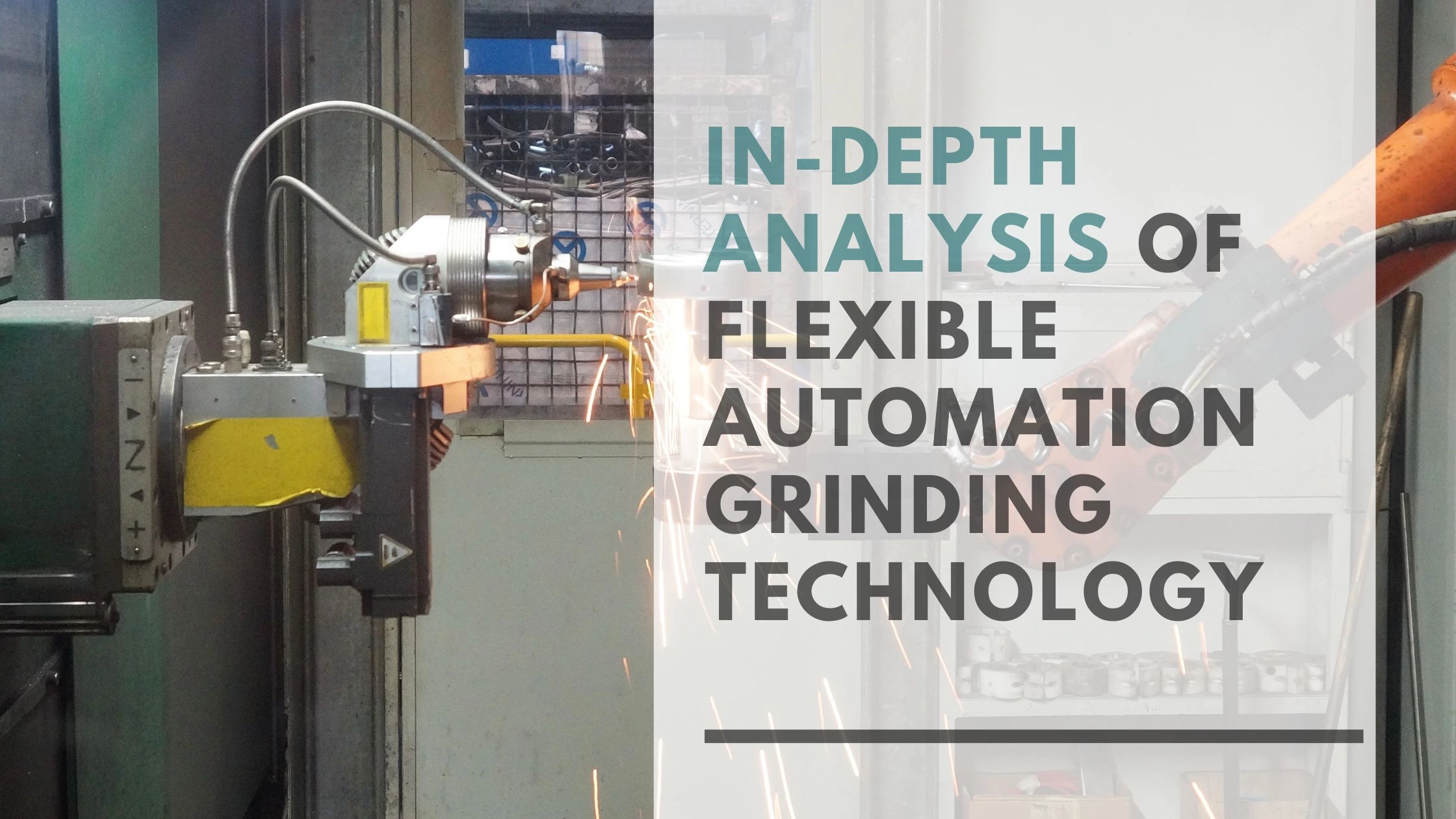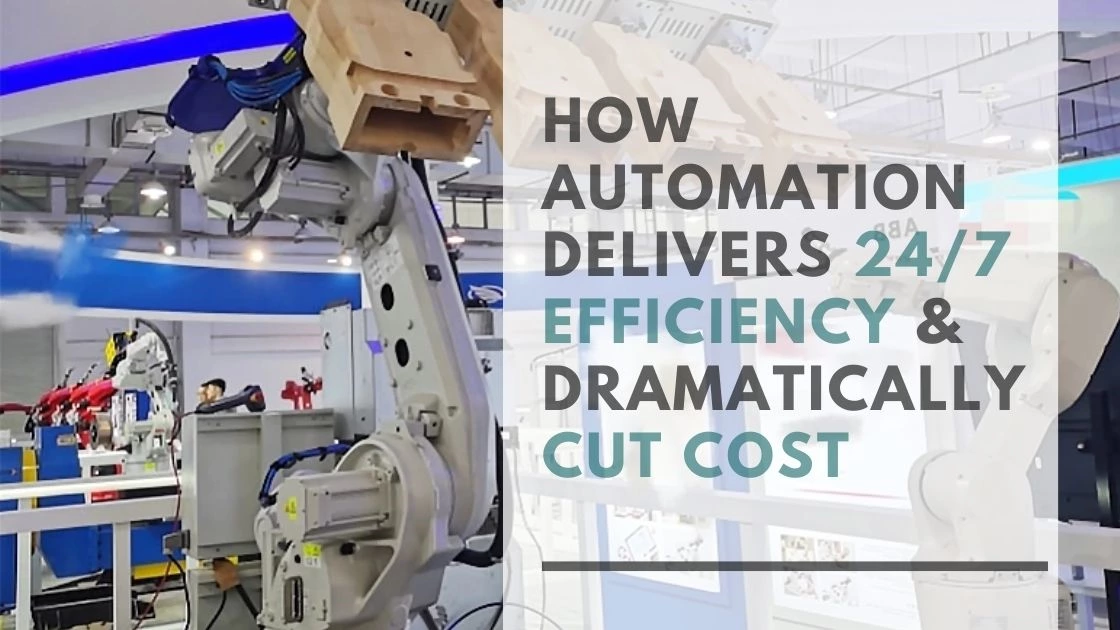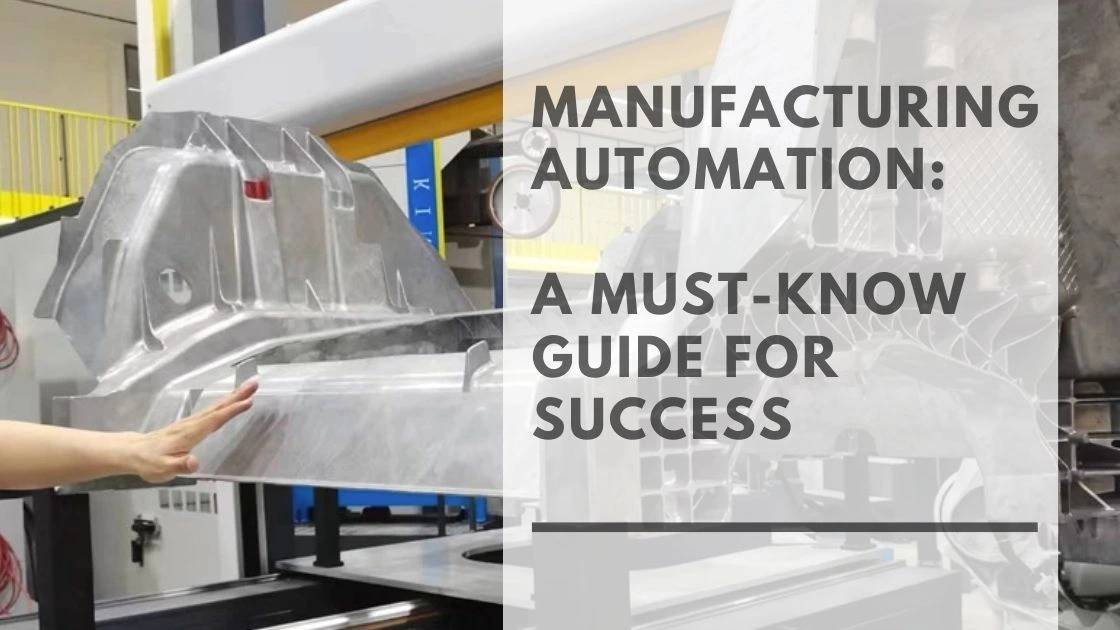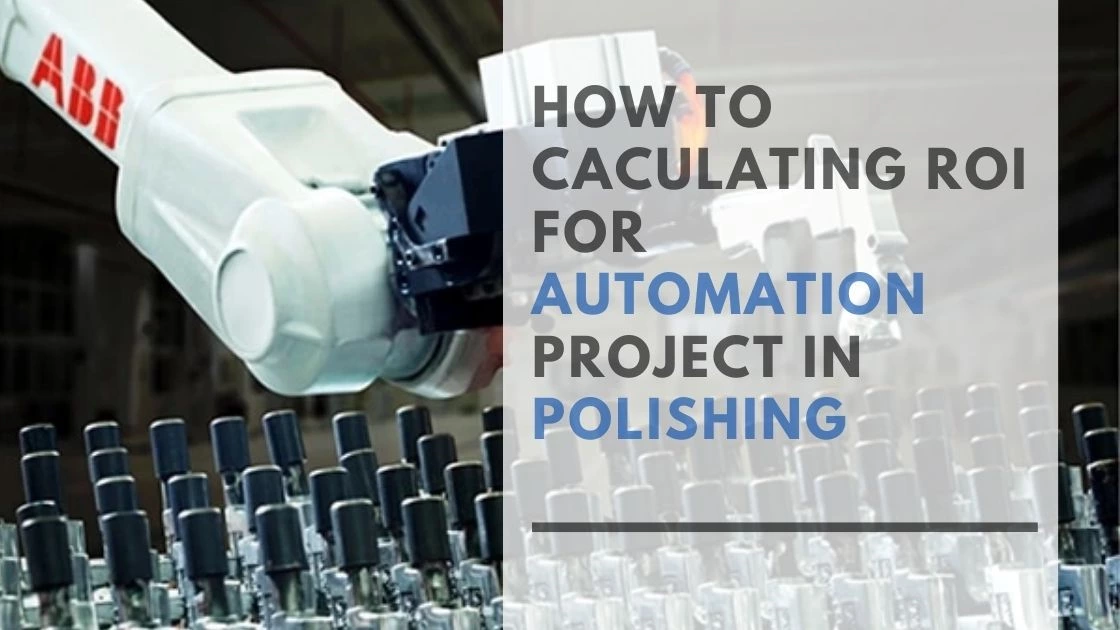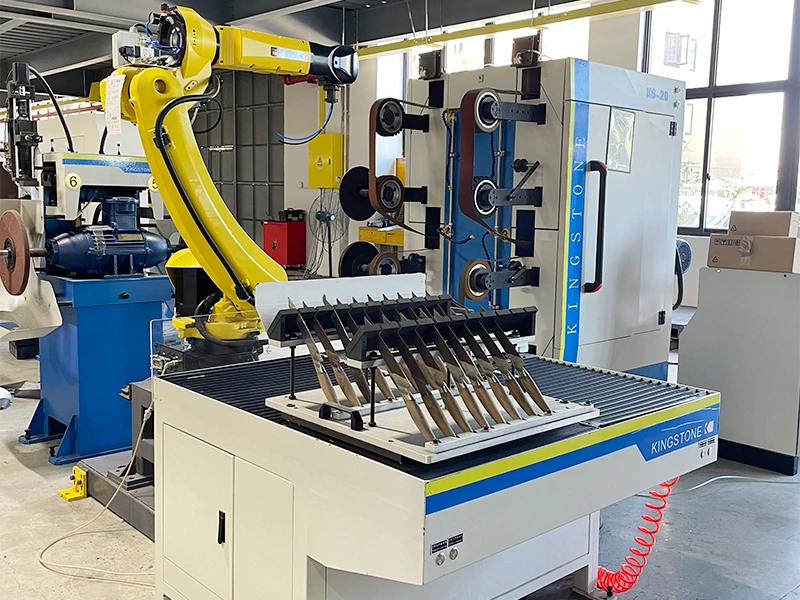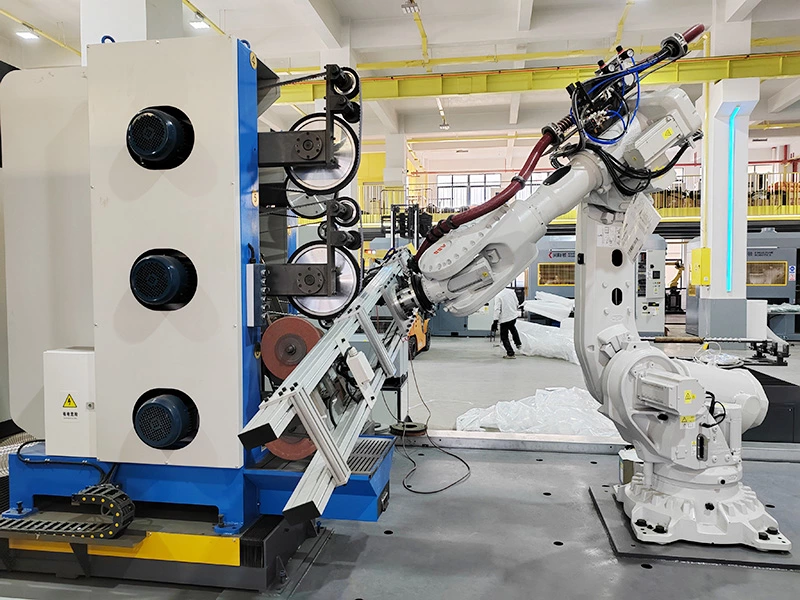The Evolution of Robotic Polishing in Automotive Parts Manufacturing
The automotive industry is undergoing a major transformation driven by technological advancements and automation. Among these innovations, robotic polishing has emerged as a key enabler of efficiency and quality in the production of automotive components. As manufacturers seek to meet increasing demands for precision, consistency, and speed, robotic polishing systems are rapidly replacing manual labor in the finishing processes of metal and composite auto parts. This shift is not only enhancing production output but also ensuring superior surface quality and reducing operational costs.
Understanding Robotic Polishing: A Game-Changer for Auto Parts
Robotic polishing involves the use of advanced robotic arms equipped with polishing, grinding, and buffing tools that refine the surfaces of automotive components. This automated approach eliminates the inconsistencies associated with manual polishing, ensuring uniform results across large production volumes. Leading manufacturers, such as Kingstone Robotec, have developed sophisticated robotic polishing systems like the Robot Grinding Polishing Unit and the CNC Polishing Machine, which offer high-precision solutions tailored to the needs of the automotive industry.
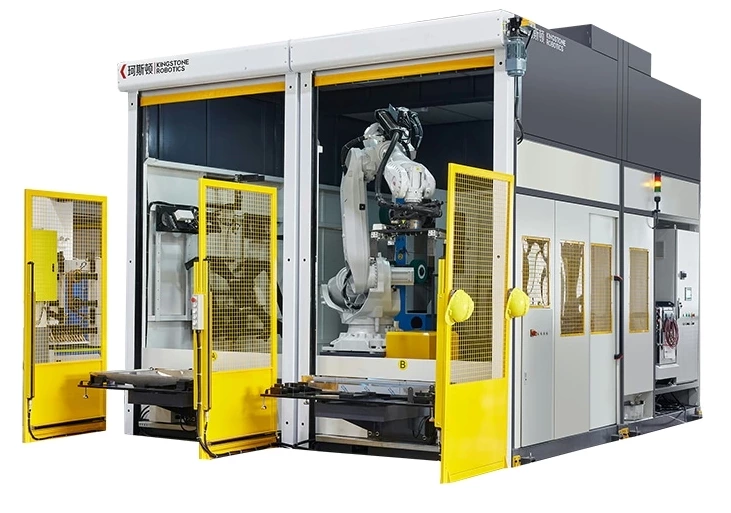
CNC Polishing Machine
The importance of robotic polishing in auto parts manufacturing cannot be overstated. Polishing is a crucial step that impacts not only the aesthetic appeal of automotive parts but also their performance and durability. Components such as wheel rims, brake calipers, exhaust systems, and engine parts require a flawless finish to prevent corrosion, reduce friction, and enhance their visual appeal. Traditional manual polishing, however, is time-consuming, inconsistent, and labor-intensive, making it unsuitable for the high standards and tight tolerances demanded by the automotive industry.
Historical Evolution of Robotics in Automotive Manufacturing
The integration of robotics into automotive manufacturing dates back to the early 1960s. In 1961, General Motors installed the first industrial robot, known as Unimate, in its New Jersey plant. Unimate was primarily used for tasks such as die-casting handling and spot welding, marking a significant milestone in industrial automation.
The 1970s witnessed rapid advancements in robotic technology. In 1974, the IRB 6, the first fully electric, microprocessor-controlled industrial robot, was introduced by ASEA (now ABB). This robot featured an anthropomorphic design, mimicking human arm movements, and was utilized for tasks requiring high precision.
By the 1980s, the automotive industry experienced a boom in automation, with companies heavily investing in robotic systems for assembly lines. These robots undertook various tasks, including welding, painting, and material handling, significantly enhancing production efficiency and consistency.
The Emergence of Robotic Polishing
Polishing is a critical process in automotive manufacturing, influencing both the aesthetic appeal and functional performance of components. Traditionally, polishing was performed manually, which was time-consuming, inconsistent, and labor-intensive. The introduction of robotic polishing systems revolutionized this process by offering precise, consistent, and efficient solutions.
In the early 1980s, automotive manufacturers in Germany, such as Mercedes-Benz and BMW, began integrating robotic systems for painting and finishing processes. These robots provided consistent and precise paint applications, reducing material waste and improving the quality of finishes. This integration laid the groundwork for the adoption of robotic polishing in subsequent years.
The Shift from Manual to Robotic Polishing
Manual polishing, once the standard in auto parts finishing, posed several challenges, including variability in quality, high labor costs, and increased risk of human error. As the demand for high-precision auto parts surged, manufacturers turned to robotic solutions to address these issues. Robotic polishing systems ensure consistent surface quality, maintain uniform pressure and speed, and drastically reduce rework and material wastage.
The automotive sector operates under strict quality management systems, such as IATF 16949, which mandate rigorous control over surface finishes and part tolerances. Robotic polishing systems have proven to be indispensable in meeting these standards, offering precise control over polishing pressure, speed, and angle. By automating the polishing process, manufacturers achieve repeatable results while reducing defects and ensuring compliance with industry regulations.
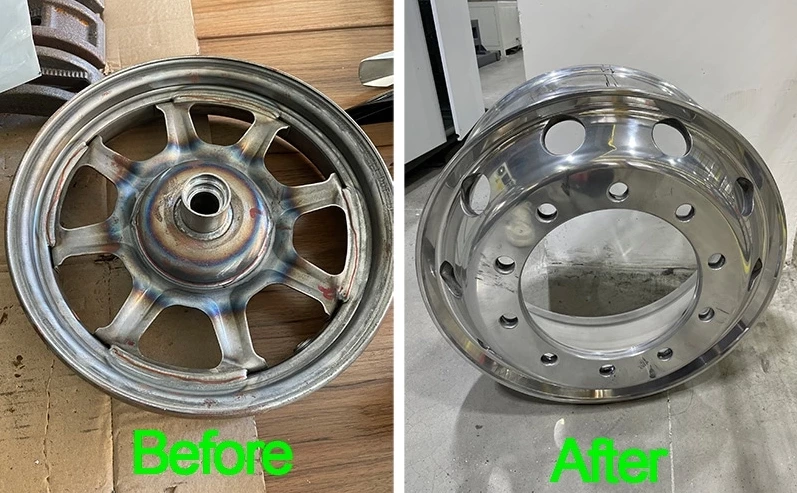
Comparison of effects before and after polishing
Technological Advancements Driving Robotic Polishing
The evolution of robotic polishing technology has been driven by innovations in AI, machine learning, and sensor technology. Modern robotic systems are equipped with adaptive control mechanisms that dynamically adjust polishing parameters in real time, optimizing performance based on the part’s geometry and surface condition.
Kingstone Robotec’s Robot Grinding Polishing Unit exemplifies these advancements, featuring an intelligent control system that monitors and adjusts polishing speed and pressure to achieve uniform results across complex surfaces. Similarly, the CNC Polishing Machine offers multi-axis control, enabling it to handle intricate geometries with unparalleled precision. These systems are designed to handle a variety of materials, including aluminum, stainless steel, and composite materials, making them ideal for a broad range of automotive applications.
Applications of Robotic Polishing in Automotive Parts
Robotic polishing systems have become indispensable in the production of high-quality automotive components. Their applications span across multiple areas, including:
1. Wheel Rims and Brake Components
Wheel rims and brake calipers require a high-gloss finish to enhance the vehicle’s aesthetic appeal and ensure corrosion resistance. Robotic polishing ensures uniformity across all surfaces, delivering a flawless mirror-like finish that meets consumer expectations. In the case of brake calipers, a smooth finish reduces wear and improves performance under high-stress conditions.
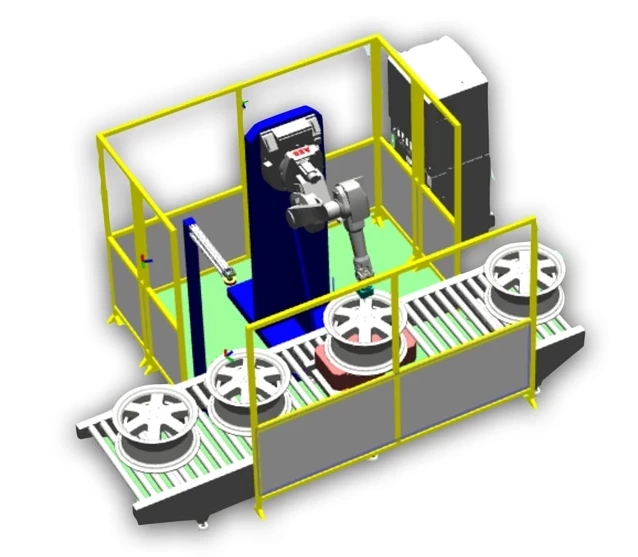
2. Exhaust Systems and Decorative Trims
Exhaust systems and exterior trims play a dual role in aesthetics and functionality. Robotic polishing ensures that these parts achieve a polished, corrosion-resistant surface that withstands harsh environmental conditions. By maintaining consistent quality, robotic systems reduce defects and improve the longevity of these components.
3. Engine and Transmission Components
Critical engine and transmission components, such as camshafts, cylinder heads, and transmission housings, benefit from robotic polishing as it minimizes friction, enhances heat dissipation, and improves overall performance. Robotic systems ensure that these parts maintain the exacting tolerances required for optimal engine efficiency.
Kingstone Robotec: Leading the Way in Robotic Polishing
Kingstone Robotec has established itself as a pioneer in robotic polishing technology, offering cutting-edge solutions that cater to the diverse needs of the automotive industry. Their Robot Grinding Polishing Unit and CNC Polishing Machine exemplify precision, adaptability, and reliability, making them the preferred choice for auto parts manufacturers worldwide.
The Robot Grinding Polishing Unit is designed for heavy-duty polishing tasks, featuring an advanced control system that adapts polishing parameters based on real-time feedback. This system ensures consistent material removal and a flawless finish, even on complex geometries. Its ability to adjust speed and pressure dynamically reduces cycle times and improves overall efficiency.
The CNC Polishing Machine offers multi-axis control, enabling precise handling of intricate shapes and contours. This machine is ideal for high-volume production environments where maintaining consistent quality across thousands of parts is essential. Its ability to switch between different part configurations with minimal reprogramming makes it highly versatile for automotive applications.
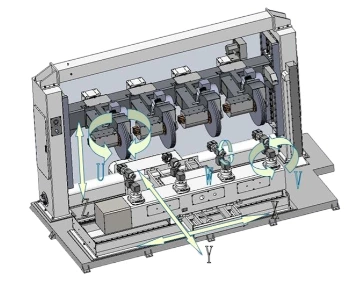
Multi-Axis control CNC Polishing Machine
Real-World Impact: How Robotic Polishing is Transforming Automotive Manufacturing
The adoption of robotic polishing has had a profound impact on the automotive industry, with manufacturers reporting significant improvements in efficiency, quality, and cost savings. Case studies have shown that transitioning from manual to robotic polishing results in a 30-40% increase in production output and a 50% reduction in defect rates.
Automotive companies that prioritize high-end finishes, particularly luxury and electric vehicle manufacturers, have embraced robotic polishing to meet the growing demand for visually appealing and high-performance components. By leveraging robotic polishing technology, these companies ensure that their products meet the highest standards of quality and aesthetics.
The Future of Robotic Polishing in Automotive Manufacturing
The global market for robotic polishing machines is experiencing substantial growth. According to industry reports, the market size was valued at approximately $0.32 billion in 2024 and is projected to reach $0.93 billion by 2033, exhibiting a compound annual growth rate (CAGR) of 12.6% during the forecast period.
This growth is driven by several factors:
- • Increasing Demand for Automation: Manufacturers are increasingly adopting automation to enhance productivity and reduce operational costs.
- • Advancements in Robotics Technology: Continuous improvements in AI, machine learning, and sensor technologies have made robotic polishing systems more efficient and adaptable.
- • Emphasis on Quality and Precision: The automotive industry’s focus on delivering high-quality products with impeccable finishes has propelled the adoption of robotic polishing solutions.
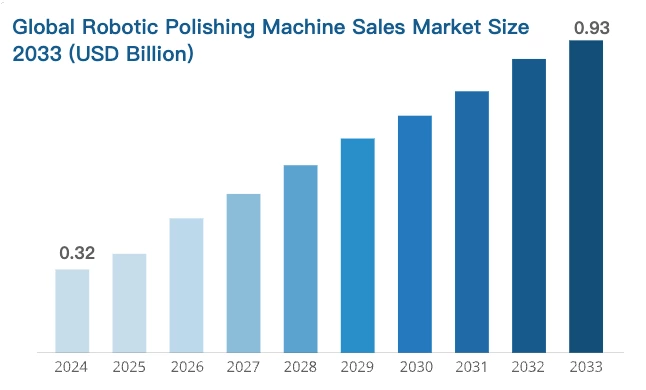
Robotic Polishing Machine Sales Market Report
The field of robotic polishing is undergoing significant advancements, driven by technological innovations and evolving industry demands. Key future trends shaping this sector include:
1. Integration of Advanced Sensor Technologies
Modern robotic polishing systems are increasingly equipped with sophisticated sensors, such as force, vision, and proximity sensors. These sensors enhance the robot’s ability to adapt to variable surface conditions, ensuring precise and consistent polishing outcomes. The incorporation of force-sensing technology, for instance, allows robots to adjust their pressure dynamically, accommodating variations in surface topology and material properties.
2. Adoption of Artificial Intelligence and Machine Learning
The integration of AI and machine learning algorithms is revolutionizing robotic polishing by enabling systems to learn from data, optimize processes, and adapt to new tasks without explicit programming. This advancement leads to improved polishing consistency, reduced material waste, and enhanced adaptability to complex geometries. Recent studies have demonstrated the potential of adaptive hybrid reinforcement learning methods in robotic polishing, highlighting their effectiveness in real-world applications.
3. Development of Modular and Flexible Systems
There is a growing trend towards modular robotic polishing systems that allow for customization based on specific application requirements. These flexible systems can be reconfigured to handle various workpiece geometries and sizes, making them suitable for a broader range of industrial applications. This modularity not only enhances the versatility of robotic polishing systems but also facilitates easier maintenance and upgrades.
4. Emphasis on Collaborative Robotics (Cobots)
The adoption of collaborative robots, or cobots, is increasing in the polishing industry. Cobots are designed to work alongside human operators, combining human dexterity and decision-making with robotic precision and endurance. This collaboration enhances productivity and allows for more flexible manufacturing processes. The integration of cobots in polishing tasks also improves worker safety by taking over hazardous operations.
5. Focus on Sustainable and Environmentally Friendly Practices
Future robotic polishing systems are expected to incorporate sustainable manufacturing practices, such as minimizing energy consumption and reducing environmental impact. The development of closed-loop systems and automated waste management solutions aligns with the industry’s sustainability goals, ensuring compliance with environmental regulations and promoting eco-friendly operations.
6. Expansion into Diverse Industries
While the automotive and electronics industries have been primary adopters of robotic polishing, other sectors such as aerospace, healthcare, and consumer goods are recognizing the benefits of automation in surface finishing processes. This expansion is driven by the need for high-quality finishes, precision, and efficiency across various applications.
7. Advances in Human-Robot Interaction
Enhancements in human-robot interaction are making robotic polishing systems more intuitive and user-friendly. Developments such as voice-controlled interfaces and interactive programming wizards enable operators to set up and adjust polishing tasks with minimal technical expertise, reducing the learning curve and increasing accessibility.
Conclusion: Redefining the Future of Auto Parts Finishing
Robotic polishing is revolutionizing the automotive industry by delivering consistent quality, improving operational efficiency, and enhancing worker safety. As the demand for high-precision, aesthetically superior auto parts continues to grow, manufacturers are increasingly turning to advanced robotic polishing solutions. Kingstone Robotec remains a trusted partner in this transformation, offering innovative systems that meet the evolving needs of the automotive sector. By embracing the latest advancements in robotic polishing technology, manufacturers can stay ahead of the competition and ensure long-term success in an ever-evolving market.
Unlock Your Manufacturing Potential with KS Robotics
At KS Robotics, we specialize in providing one-stop, fully customized solutions in machine automation, focusing on grinding, polishing, and deburring processes. Our expertise as an automation configuration integrator ensures that your manufacturing operations achieve unparalleled efficiency and precision.
KS Solution in Automotive Field:
- Door Handle Grinding
- Car Tail Light Grinding And Polishing
- Car Luggage Rack Buffing
- Car Rear Bilge Grinding
- Car Door Frame Sanding And Buffing
- Automotive Wheel Grinding And Deburring
Explore Our Offerings:
• Detailed Case Studies: Discover how we’ve transformed manufacturing processes for clients across various industries.
• Expert Consultations: Our team of specialists is ready to assess your specific needs and recommend tailored automation strategies.
• Customized Robotic Solutions: We design and implement robotic grinding, polishing, and deburring systems that align with your production goals.
Connect with Us:
• Click to send an inquiry here
• Email: kingstonerobot@chinamakeco.com 
• WhatsApp: +86 13960339790
References:
- IATF 16949 Automotive Quality Management Standard, 2025. From https://www.aiag.org/quality/iatf-16949-2016
- Industry Reports on Robotic Polishing Adoption in Automotive Manufacturing, 2024. From https://www.qyresearch.com/reports/2420443/industrial-polishing-robot?utm_source
- Devol, G. (1961). Programmed article transfer. U.S. Patent No. 2,988,237. Retrieved from https://patents.google.com/patent/US2988237A
- Engelberger, J. (2003). Joseph Engelberger and Unimate: Pioneering the robotics revolution. Retrieved from https://www.automate.org/robotics/engelberger/joseph-engelberger-unimate
- International Federation of Robotics. (n.d.). Timeline of industrial robots. Retrieved from https://ifr.org/robot-history
- Mickle, P. (2001). 1961: A peep into the automated future. The Trentonian. Retrieved from https://www.capitalcentury.com/1961.html
- The Henry Ford. (n.d.). First Unimate robot ever installed on an assembly line, 1961. Retrieved from https://www.thehenryford.org/collections-and-research/digital-collections/artifact/183434/
- Unimation, Inc. (n.d.). Unimate: The first industrial robot. Retrieved from https://robotsguide.com/robots/unimate
- Wikipedia contributors. (2025, March 18). Unimate. In Wikipedia, The Free Encyclopedia. Retrieved from https://en.wikipedia.org/wiki/Unimate
- Wikipedia contributors. (2025, March 18). Industrial robot. In Wikipedia, The Free Encyclopedia. Retrieved from https://en.wikipedia.org/wiki/Industrial_robot

